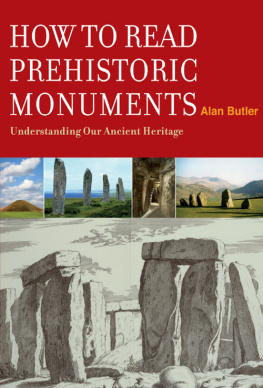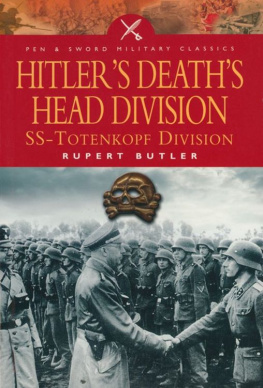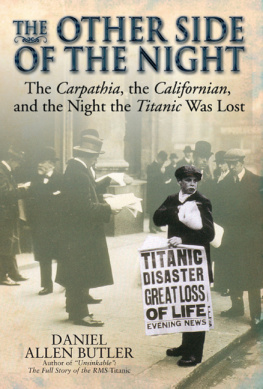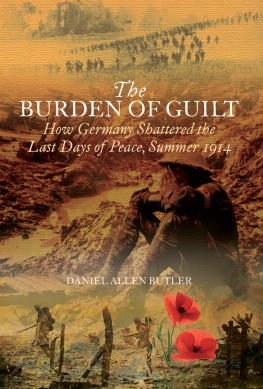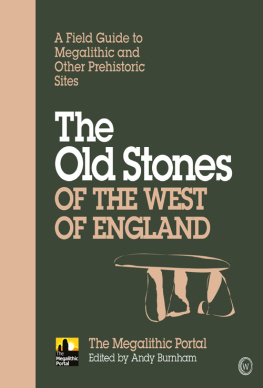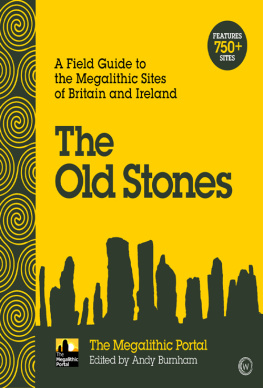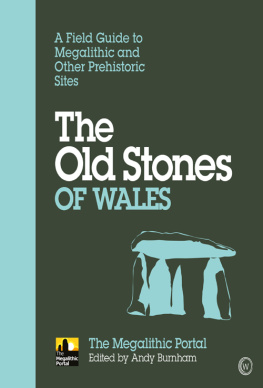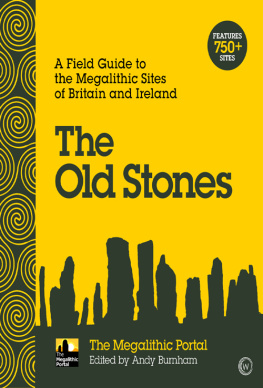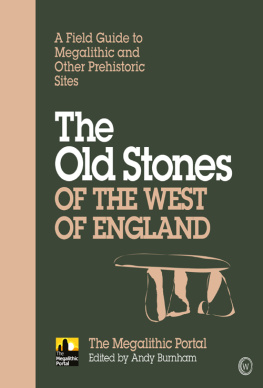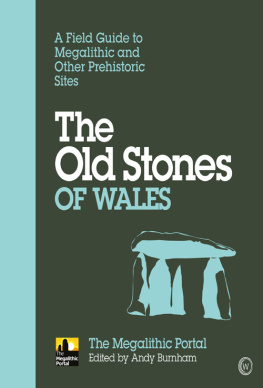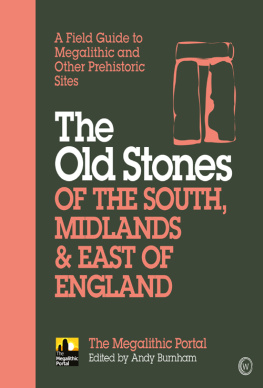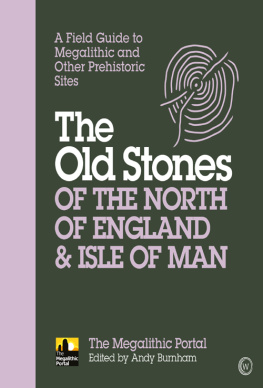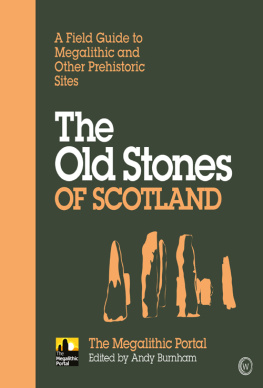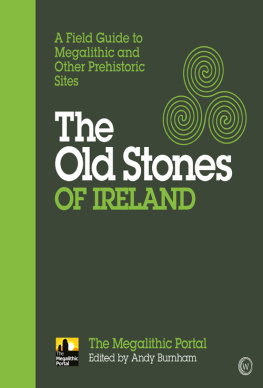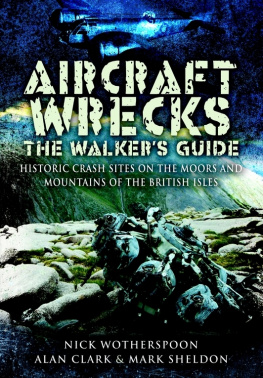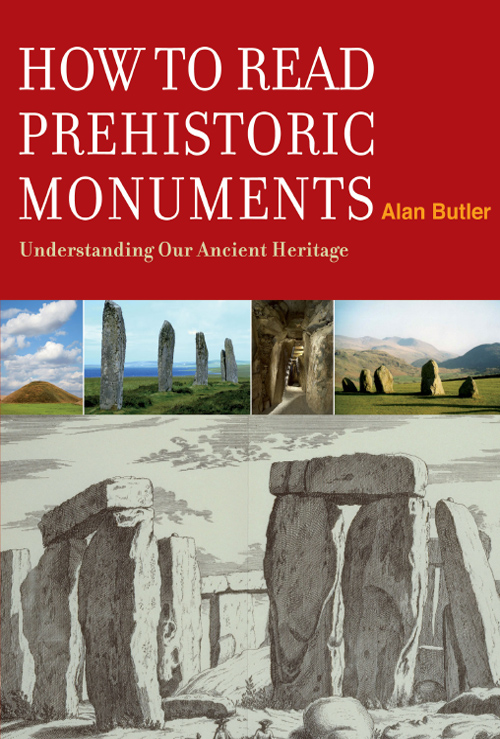Alan Butler has had a lifelong fascination for ancient history and especially for the Megalithic period in Western Europe. He has studied carefully over the last couple of decades in order to acquire the best possible understanding of ancient astronomy and is also something of an expert on the evolution of calendars and measuring systems. On his own, and also together with Christopher Knight, he has written a number of books on these subjects. Alan is also a humorist and a radio and stage playwright. He lives in East Yorkshire but travels extensively these days, both throughout Britain and across the world, lecturing and taking part in documentaries.
Other books by Alan Butler
The Goddess the Grail and the Lodge
The Virgin and the Pentacle
Sheep
With Christopher Knight
Civilization One
Who Built the Moon?
Solomons Powerbrokers (published in paperback as The Hiram Key Revisited)
Before the Pyramids
How to Read
Prehistoric
Monuments
Understanding Our
Ancient Heritage
Alan Butler

I would like to dedicate this book to the countless men and
women from the past who toiled away, century after century,
to leave us some of the most fascinating and enigmatic
structures in the world.
Acknowledgements
My thanks go, as always, to my ever-patient wife Kate, who has trudged over hill and dale with me without complaint for over 16 years.
In addition I owe a debt of gratitude to my publishers, and especially to Michael Mann and Penny Stopa. And of course I cannot forget my ever patient editor, Shelagh Boyd, who proposes here, tweaks there and polishes everywhere to make the book readable.
Contents
LIST OF ILLUSTRATIONS
Introduction
T he term prehistoric was coined by the French researcher Paul Tournal to describe articles found in French caves that were made by man more than 10,000 years ago. What he meant by prehistoric was merely something created before written history began. Generally speaking, in the British Isles this would refer to anything that came before the Roman invasion of these islands in AD 43 because prior to that time there was no literate culture living in Britain.
Bearing in mind that man first came to Britain about 500,000 years ago, it is fair to say that for our species in this particular location there have been about 2,000 years of recorded history and, according to the latest thinking, close to 498,000 years of prehistory! In terms of prehistoric monuments this isnt quite as daunting as it sounds because for a very long time our ancestors did not build any sort of structure that was durable enough to stand the test of time. Evidence of humanity in this extremely remote period comes from finds of edged tools mostly made from flint, the earliest of which come from Norfolk and Suffolk. The people who made these tools were hunter-gatherers, who earned their living foraging for plants, seeds and roots, as well as harvesting shellfish and hunting larger species of prey. As the name hunter-gatherer implies, it is unlikely that such groups would have stayed in any particular place for very long. Communities were probably extremely small and they were tied to the availability of potential food sources in any given location.
This general pattern of existence for early humans in the British Isles was heavily affected by climatic conditions. Repeated cold snaps and major ice ages came and went, forcing early human communities south and back into the slightly warmer areas of continental Europe. The last ice age finally retreated about 10,000 years ago and, once it finished, humans flooded back into the British Isles again to take advantage of the natural resources that gradually became available once more. During this whole fantastically long period of time very little altered in terms of human advancement, probably because, as the saying goes, if it isnt broken dont fix it. In other words, the hunter-gatherers life worked well for the communities in question. Population levels probably remained more or less stable and there was not much reason for anything to change. We might take an example from the indigenous people of Australia who, until the arrival of Europeans in the late 18th century, lived a life that had probably changed very little in tens of thousands of years. Why should it? Australian Aborigines were the masters of their environment skilled at all the tasks necessary to maintain the population and well able to earn a living from the land.
The situation in Britain was probably very similar, except for the interruptions caused by periodic ice ages, and there is no reason to believe that anything would have changed right up to the present time, had it not been for something that took place much further east. Around 10,000 years ago, in parts of what is now Syria and also along the Nile in Egypt, someone decided to break from the normal routines of hunter-gatherer life in a way that would have a profound bearing on our entire species. Instead of simply harvesting what nature was good enough to supply, they decided to lend a hand. There is strong evidence that people in these two locations began to deliberately plant cereal crops.
There were distinct advantages to the first attempts at agriculture. Crops deliberately planted could be kept safe from grazing by wild animals, ensuring that the bulk of the crop would be available for human use. Also, with a surplus of grain it became possible to store food against leaner times to a far greater degree than had been the case for the hunter-gatherers. But it did mean a dramatic change in lifestyle. Although hunting forays could still be undertaken and were for thousands of years after farming began communities had to remain in one place, in order to benefit from their hard work.
Another important change was the ownership of land. It wouldnt have made any sense whatsoever to clear land and plant crops, only to allow the next roving band of people who happened to wander by to reap the benefit of ones ingenuity and toil. If necessary, violence might be the only recourse to prevent theft of crops, especially in times of famine.
Farming brought about a fundamental change in the way human communities thought and acted, and it arrived in the British Isles around 6,500 years ago, in the period we refer to as the Neolithic. Although Britain was still in the Stone Age at this time, people began to make clearings in the lush forests in order to plant the first crops of wheat and barley. At the same time a more settled existence allowed the domestication of animals such as sheep, goats, cattle and pigs. And perhaps not surprisingly it was soon after this period that people began to create structures that can still be found on the British landscape today.
Why should this be the case? There are probably a number of reasons and proclaiming ownership of a particular location surely had to be one of them. A really impressive structure, be it for practical or ritual purposes, might tell any would-be passing opportunist a great deal about a community. If it had been possible for a village or a collection of villages to cut and face wood, dig deep ditches and erect banks or even cut and drag stones across the landscape, the same people would probably represent a formidable foe and so it might be more prudent to leave them alone.
Such are the range and type of structures that have been left to us from prehistoric times it is impossible to generalize about either the motivation that caused them to be built or, in many cases, their true intended function. Some of these structures, even the very early ones, are massive in scope. As an example we might mention the first super-henges. As I will explain more fully in due course, a henge is usually circular and consists of one or a series of ditches and banks. The intended purpose of henges is somewhat contentious but of their scale there is little doubt. Sometime around 3500 BC, both in the south but especially in the north of England, a positive frenzy of henge building took place. An array of three such super-henges near Ripon in Yorkshire is so large that St Pauls Cathedral could easily be fitted inside any one of them. The ditches of these Class IIA henges (

